Reports

Can It Happen Here? Improving the Prospect for Managed Retreat By US Cities
This research report by the Innovation Network for Communities provides city government and civic leaders with new reasons to consider the use of managed retreat as a way to strengthen their cities’ climate resilience.
It examines the role that managed retreat will increasingly play as more and more cities wrestle with how to deal with the growing risks of destructive climate changes. It is organized around three insights:
- Many cities will not be able to avoid retreat, but they can choose what kind of retreat to have.
- There is an emerging roadmap for generating community acceptance of managed retreat as part of building a city’s climate resilience.
- Until more cities seriously consider using managed retreat, it is unlikely that crucial support from state and federal governments will occur on other than a sporadic, special-case basis.
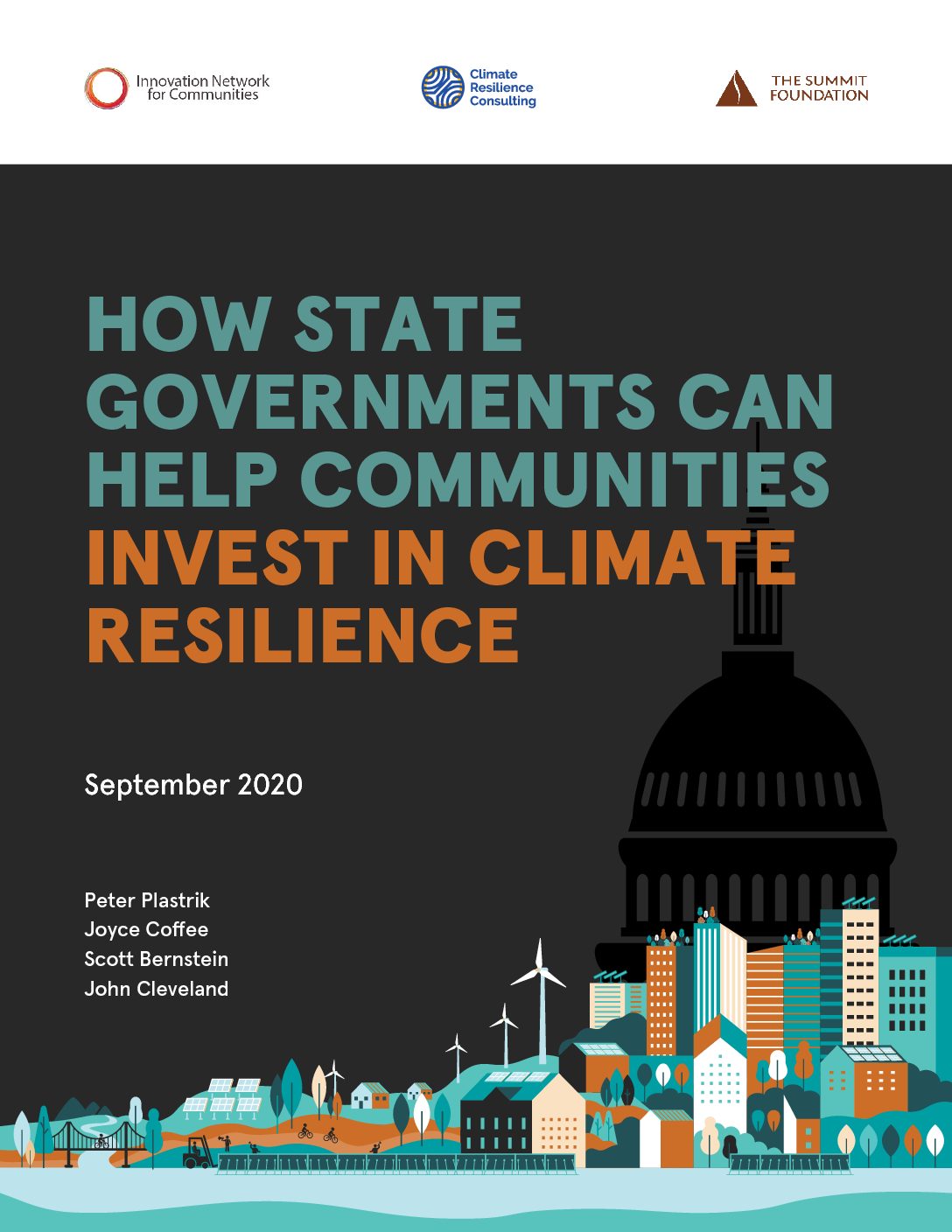
How State Governments Can Help Communities Invest in Climate Resilience
This report presents recommendations for how state governments can develop climate-resilience financial systems that help local communities invest in protecting residents, businesses, public infrastructure, private property, and natural resources from climate-driven stresses and shocks. To help states consider and act on the recommendations, we developed a State Climate Resilience Action Checklist that identifies the essential actions that states need to take to build a comprehensive approach to resilience, including a financial system. By “financial system” for states we mean a set of aligned state actions that fund and finance climate-resilience investment, revenue-generating mechanisms for shifting existing revenue or generating new revenue for resilience building, provision of basic state services related to climate resilience, and the administration of federal funding flows that can be used for resilience purposes. Taken together, these support local communities in developing the capacities and actions they need to strengthen their climate resilience in the short- and long-term.
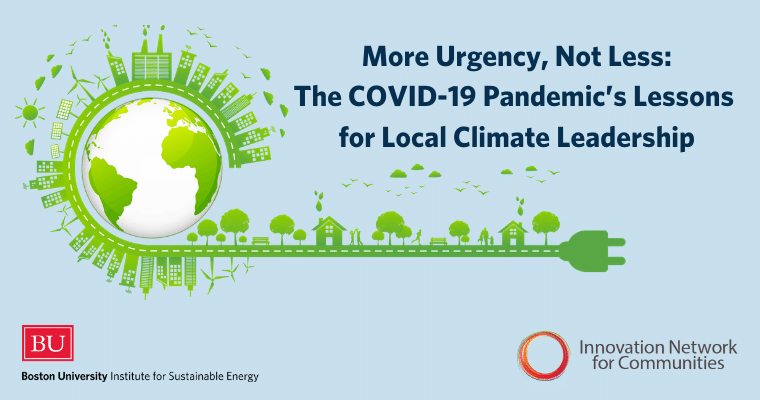
More Urgency, Not Less: The Covid-19 Pandemic’s Lessons for Local Climate Leadership
The first of three reports that will provide community leaders, inside and outside of local government, with guidance about navigating their climate-action priorities through the gauntlet of challenges created by the COVID-19 pandemic and the ensuing economic crisis. This report’s analysis of the COVID-19 linkage to climate change reveals four lessons for local leaders:
- Focus beyond the COVID-19 crisis and maintain and boost climate-action momentum because the risks and costs will only grow if action is delayed.
- Act to prepare your communities for climate change and GHG reduction; walking away from or delaying crucial climate actions risks disastrous and inequitable local consequences.
- Enhance local climate action by building on your residents’ and businesses’ behavior changes during the pandemic response that reduce emissions and enhance resiliency.
- Maximize the local economic and community benefits of an economic recovery that simultaneously drives business and job expansion, improves personal and public health, reduces GHG emissions, strengthens climate resilience, and improves social equity.

One Water Change Leadership for Utilities: Six Essential Capacities
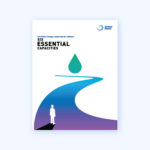 In partnership with the US Water Alliance, INC helped produce this report about the transformation of water-management systems in the US, referred to as “One Water”–a shift in how we view, value, and manage water that is taking root across the nation.
In partnership with the US Water Alliance, INC helped produce this report about the transformation of water-management systems in the US, referred to as “One Water”–a shift in how we view, value, and manage water that is taking root across the nation.
Discussions about the factors that are driving One Water solutions often focus on the technical and policy underpinnings. However, underlying the One Water innovations spreading throughout the country is a story of change leadership that is shifting the water sector toward this more holistic, sustainable, and inclusive approach.
The report explores questions such as: what are the capacities—the knowledge, skills, and attitudes—we need to cultivate in order to drive One Water change? How do utility managers successfully navigate through the cultural, political, economic, and human dimensions of One Water management, in addition to the technical components?
To answer these questions, we conducted in-depth interviews with 10 utility executives who are well-known in the water industry as transformative leaders—in this report we call them changemakers. We synthesized their experiences and insights into six leadership capacities that can inform existing water utility staff as well as future professional development efforts throughout all levels of the water sector.
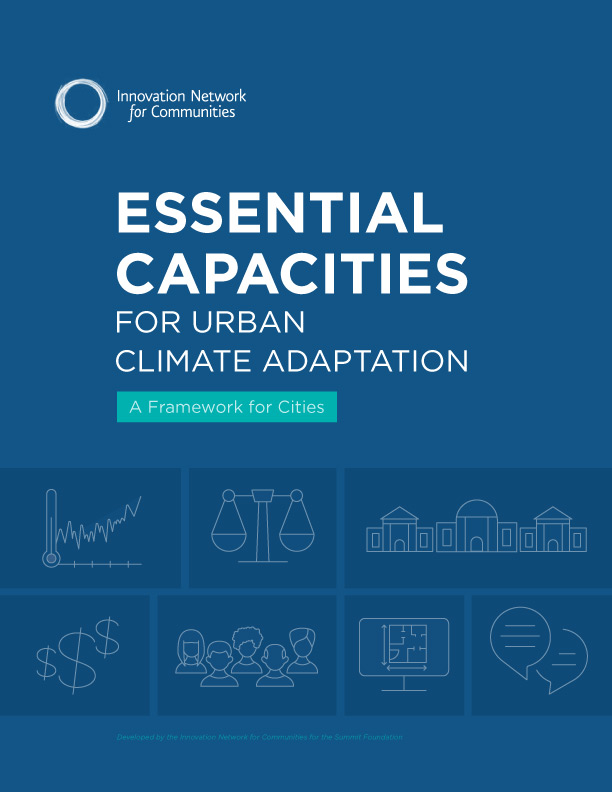
Essential Capacities for Urban Climate Adaptation (March 2017)
In a scan of the climate adaptation plans, strategies, and actions of dozens of U.S. cities, INC developed a new framework for understanding what it takes to plan and implement adaptation and how to further develop the emerging field of practice for urban adaptation. We identified seven essential capacities that cities have begun to develop:
- Scientific Foundation
- Communications
- Equitable Adaptation
- Inclusive Community Engagement
- Intergovernmental Alignment
- Technical Design
- Financial Resources

Climate Lawsuit Backgrounder
In July 2017, three California coastal communities – Marin County, San Mateo County, and the City of Imperial Beach – filed lawsuits in state court against 36 of the largest oil, gas, and coal companies in the world. Here’s why.
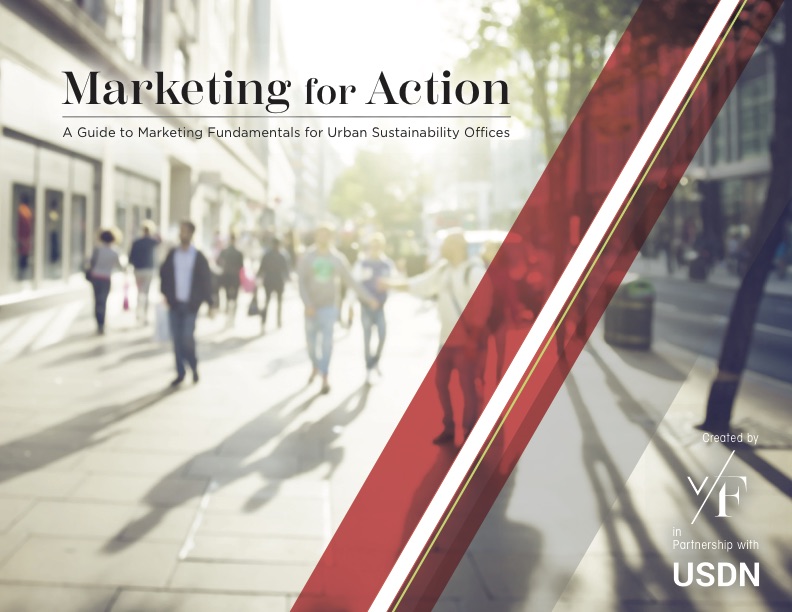
Marketing for Action Guidebook
This guidebook, produced by the Urban Sustainability Directors Network, lays out the marketing fundamentals for creating and shaping strong environmental behavior-change campaigns using best practices in marketing. It offers a practical how-to, with or without big budgets, for cultivating voluntary action by city residents. It provides real-world examples from U.S. cities leading this practice.
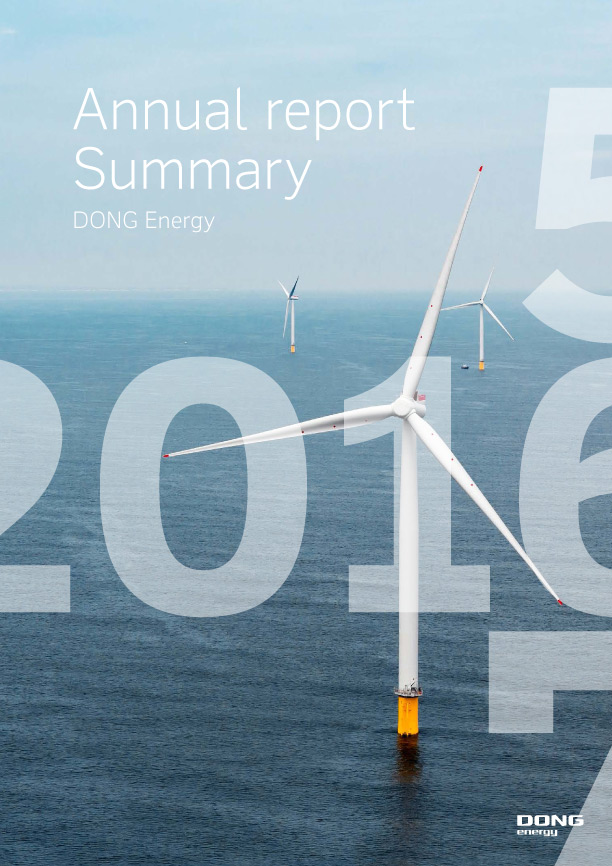
Ørsted Energy (formerly DONG)
Ørsted, an energy company in Denmark (formerly known as DONG Energy), is going as carbon-free and green as fast as it can, and has reached 50% renewables. It is shutting down coal and selling off its oil and gas assets–and is the world’s leading provider of offshore wind farms. Annual report lays out the goals and strategy–not just as aspirations, but in financial and technical terms. Not fake news!
Book Reviews
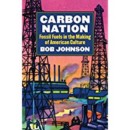
Carbon Nation: Fossil Fuels in the Making of American Culture
Author: Bob Johnson
Published: 2014 – Buy the book »
Historian Bob Johnson examines the start of the fossil-fuel revolution in the US in the 1800s and shows how it created more than a new energy economy. A new American culture came into being. “We became a people of prehistoric carbon between 1885, when the United States experienced its first energy crisis, a ‘crisis of abundance,’ . . . and 1970, when we experienced a second, more depressing crisis of malaise,” Johnson explains. “In these years . . . prehistoric carbons grafted themselves onto and embedded themselves deep with the American self.”
Johnson mines historic materials to make his case–much as we found, in researching our forthcoming book, Life After Carbon, that examining the interconnected rise of the fossil-fuel economy and the modern city was driven by new ideas that became deeply embedded in urban development and global urbanization. And, as he points out toward the end of Carbon Nation, what became embedded in the modern self–the ideas, feelings, symbols, art, and so on–can be hard to change.
“The urge to look sideways at our energy dependencies goes well beyond unhampered propaganda and lax political contribution laws. It also derives from the fact that most Americans–on the political right and left and in the center–have very strong short-term incentives to want to believe that the status quo can be maintained.” Certainly the same is true about the underlying model–the assumptions–for modern urban development. Johnson continues: “To imagine life without prehistoric carbons . . . means engaging ourselves in the very messy and uncomfortable work of finding out who we are and what we might be without combusting fuels.” This is precisely what cities that have been most aggressive about decarbonizing themselves are discovering: the work is not just about technical solutions that reduce GHG emissions; it’s about reimagining the city’s identity and future.
Johnson makes another point about carbon culture in the U.S. that seems fresh. The rise of the fossil-fuel economy in the early 18th century occurred before Americans had experienced the limits of exploiting natural ecosystems–and the pain of economic contraction–that Europeans had already been through. In the US there was still much more land, trees, minerals and the like to consume. Americans evaded “the logic of organic constraints felt so viscerally in more land-strapped early modern regions such as England, France, Germany, Japan, and China.” As a result, Johnson concludes, “Americans became subsequently vaccinated against talk of ecological constraints.”
Climate change presents a great challenge to this nation’s deeply held cultural aversion to ecological limits. No wonder Johnson says that “disentangling ourselves from prehistoric carbon implies, in other words, that we are willing to cleave off a part of ourselves.”
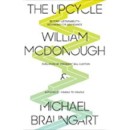
The Upcycle: Beyond Sustainability–Designing for Abundance
Author: William McDonough and Michael Braungart
Published: 2013 – Buy the book »
“If human beings were to devise products, tools, furniture, homes, factories, and cities more intelligently from the start, they wouldn’t even need to think in terms of waste, or contamination, or scarcity. Good design would allow for abundance, endless reuse, and pleasure.” This is the basic idea that architect William McDonough and chemist Michael Braungart offer in The Upcycle. Endless reuse is their language for what’s now being called the “circular economy”–a concept applied design of products, workplaces, industries, and cities. In short, food=waste=food.
The Upcycle lays out an elegant conceptual framework for achieving this inspiring vision. As President Bill Clinton says in the foreword: “The optimist says the glass is half full and the pessimist says it’s half empty. Bill and Michael say it’s always totally full–of water and air–and they are constantly working to share that full glass with more people, to make it even bigger, and to celebrate the abundance of things that enable us to thrive.”
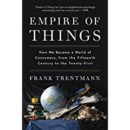
Empire of Things: How We Became a World of Consumers, from the Fifteenth Century to the Twenty-First
Author: Frank Trentmann
Published: 2017 – Buy the book »
“Our lifestyles, and their social and environmental consequences, should be the subject of serious public debate and policy, not left as a matter simply of individual taste and purchasing power. . . . Such a debate has to be bold and envisage different lifestyles and the concomitant changes to housing, transport and culture. It will need more people to remember that, as consumers, they are citizens and not just customers.”
With these words, distinguished historian Frank Trentmann draws his magisterial 2017 book, Empire of Things, to a close. The book’s subtitle, How We Became a World of Consumers, from the Fifteenth Century to the Twenty-First, describes Trentmann’s ambition, which has global scope. He uncovers the historical roots of our modern consumer society, starting in the 1600s, partly by mining an enormous amount of data from an amazing array of sources, and partly by recognizing what came before it. A big shift occurred when wealthy Europeans in cities turned away from an idea that had guided previous generations, Aristotle’s praise for the use of private wealth as, Trentmann says, “a sign of civic virtue and pride in a community governed and defended by like-minded brave, propertied citizens. . . . The admired life was that if the active citizen who increased the splendor and strength of his city by erecting monumental buildings, commanding an army and sponsoring communal feasts and public works. Large-scale consumption was safe—and could be enjoyed—when it occurred in the pursuit of such public ends.”
Citizen-consumers. Consumers as virtuous citizens—taking responsibility for the social and ecological consequences of their consumption. A fantasy, perhaps, but as Trentmann’s project shows, what we feel and think about consumption, and the ways we consume, have not been fixed. They evolved and will continue to evolve.
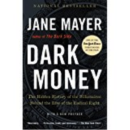
Dark Money: The Hidden History of the Billionaires Behind the Rise of the Radical Right
Author: Jane Mayer
Published: 2016 – Buy the book »
Mayer’s book describes the sophisticated three-decade strategy of a network of the world’s richest people (many, but not all, of whom made their wealth in the fossil fuel industry) to engineer the political and regulatory system in a way that advances their corporate interests, and their extreme right-wing ideologies. The network is led by the Koch family, whose patriarch was a founder of the John Birch Society. But it also includes multiple other billionaires, including Mellon heirs, the Coors and DeVos families and Wall Street players like Steven Cohen, Paul Singer and Stephen Schwarzman. They have invested billions of dollars in a byzantine network of non-profit institutes and lobbying organizations (including such well-known players as the Heritage Foundation, ALEC, Americans for Prosperity) designed to advance “free market” philosophies—including a robust denial of climate change, its origins, and effects. Dark money set up the ascendency of Donald Trump, who has fully embraced the network and brought many of its players into its administration. (See this great post by George Monbiot on some aspects of this integration.) This is the scale of opposition that climate leaders are up against and the scale of resources that will be needed to defeat them.
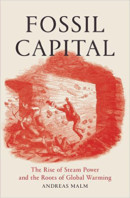
Fossil Capital: The Rise of Steam Power and the Roots of Global Warming
Author: Andreas Malm
Published: 2016 – Buy the book »
Malm, who teaches human ecology at Lund University in Sweden, provides deep research and meticulous arguments to conclude that economic interests, the logic of profit-seeking capitalists in 18th and 19th century Britain, drove the use of coal to power steam engines to run the new factory machinery of the Industrial Revolution, and triggered the enormous expansion in fossil-fuel burning that has resulted in climate change.
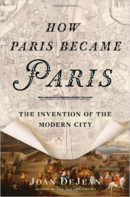
How Paris Became Paris: The Invention of the Modern City
Author: Joan DeJean
Published: 2015 – Buy the book »
With remarkable historical evidence and a witty approach, DeJean, Trustee Professor of Romance Languages at the University of Pennsylvania, examines how planned developments in the 17th century gave Paris its modern identity and introduced new, enduring ideas about the design and use of urban public space.
Sites We Use All the Time
The Daily Climate – Free subscription
The Daily Climate is an independent media organization working to increase public understanding of climate change, including its scope and scale, potential solutions and the political processes that impede or advance them. The Daily Climate does not espouse a political point of view on the news but instead reports the issue to the best of our ability. Editorial integrity is the foundation of our mission. Our reporting, editing and publishing adheres to the highest standards of journalism, including honesty, accuracy, balance and objectivity. The Daily Climate’s aggregation represents the news of the day, irrespective of the opinion or viewpoint expressed, or whether or not material in the article is consistent with our understanding of current science.
Citiscope – Free subscription
Citiscope‘s mission is to spur innovations to help cities work better for all of their people through the power of independent journalism. Today’s global media, for all its diversity and assets, suffers clear market failure on issues of immense concern to city builders and reformers everywhere. The prevailing focus, in print and broadcast, is on politics, central governments’ policies, personalities, and disasters. Digital media are picking up some of the slack, but long-term, focused coverage is still insufficient. Citiscope seeks to fill some of the gap and act as a conduit of experimentation to public officials, administrators, and decision-makers of cities worldwide.
We got to know RBD well after it designed and managed the successful Rebuild By Design competition in New York City after Superstorm Sandy.
Rebuild by Design convenes a mix of sectors – including government, business, non-profit, and community organizations – to gain a better understanding of how overlapping environmental and human-made vulnerabilities leave cities and regions at risk. Rebuild’s core belief is that through collaboration our communities can grow stronger and better prepared to stand up to whatever challenges tomorrow brings. Through a partnership with 100 Resilient Cities (100RC), Rebuild’s collaborative research and design approach is helping cities around the globe achieve resilience.

